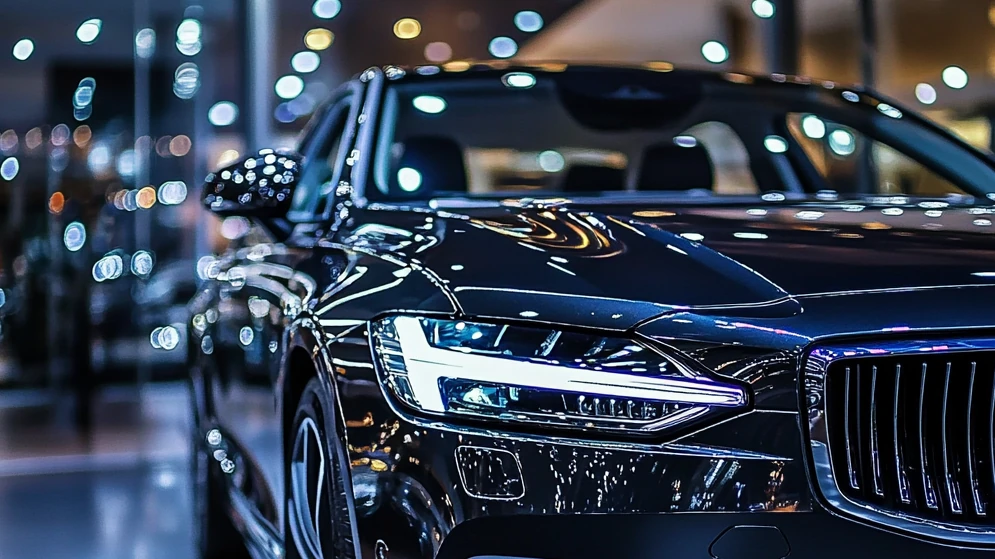Key takeaways:
-
84-month auto loans hit a record 19.8% of new-car financing in Q1 2025
-
Affordability remains a top concern amid $1,000+ payments and high APRs
-
Experts warn tariffs and limited 0% deals could worsen affordability crisis
Nearly one in five Americans who bought a new car in the first quarter of 2025 committed to an 84-month loan — the longest common auto financing term — signaling growing financial strain in the car market, according to a new report by Edmunds.
In its latest quarterly analysis, the automotive research firm revealed that 19.8% of new-vehicle buyers signed up for seven-year loans, up from 15.8% in Q1 2024 and 13.4% in 2019. The trend highlights a shift toward financial extremes as consumers either stretch out payments to lower monthly costs or shorten terms to take advantage of targeted incentives.
“The auto finance market showed signs of steadiness in Q1, but that stability doesn’t mean affordability has improved,” said Jessica Caldwell, head of insights at Edmunds. “When one in five new-car buyers are taking on seven-year loans, it’s clear how many consumers are still financially stretched.”
$1,000+ monthly payments are common
Despite slightly easing from Q4’s holiday-fueled luxury buying surge, 17.7% of new-car buyers in Q1 2025 agreed to monthly payments of $1,000 or more, a level that remains historically high. In Q1 2024, the number was 17.3%.
Meanwhile, the average amount financed was $41,473, only a modest decline from Q4’s $42,113, showing little relief for buyers.
Mid-ground financing shrinks
While long loans surge, short-term financing also saw some growth among creditworthy shoppers: 10.2% of buyers took loans of 48 months or less, up from 7.1% in 2019. However, traditional loan terms of 60 to 75 months are fading, now making up 67.4% of loans — down from nearly 78% six years ago.
This polarization reflects a market where buyers are increasingly making tough choices to afford their vehicles, whether through extended debt or selective short-term deals.
0% financing fades away
The once-popular 0% finance offer has nearly disappeared, accounting for only 1.0% of all new-car loans — a record low. These incentives made up 3.0% of loans just a year ago, but have vanished in today’s 7.1% average APR environment.
“The era of ‘free money’ car loans is over,” analysts noted.
Potential policy lifeline
In the face of tightening budgets, some relief may come from Washington. President Trump has floated a proposal to allow interest paid on loans for American-made vehicles to be tax deductible. While the policy’s details are still unclear, Edmunds estimates that the average new-car buyer in Q1 paid $9,231 in interest over the life of their loan.
“If implemented, a deduction could offer meaningful savings — the kind that covers a vacation or home upgrade,” said Caldwell. “But without specifics on how ‘American-made’ is defined or who qualifies, its true impact is hard to predict.”
Tariffs add uncertainty
Adding further tension to the market is the new round of auto tariffs, which officially went into effect on April 3. Caldwell warned these could “add fuel to the fire,” potentially making new vehicles even less affordable and further increasing reliance on ultra-long-term financing.
Bottom line: With both interest rates and vehicle prices remaining stubbornly high, affordability remains the defining challenge for new-car shoppers in 2025 — and it’s pushing more consumers to the financial edge.




